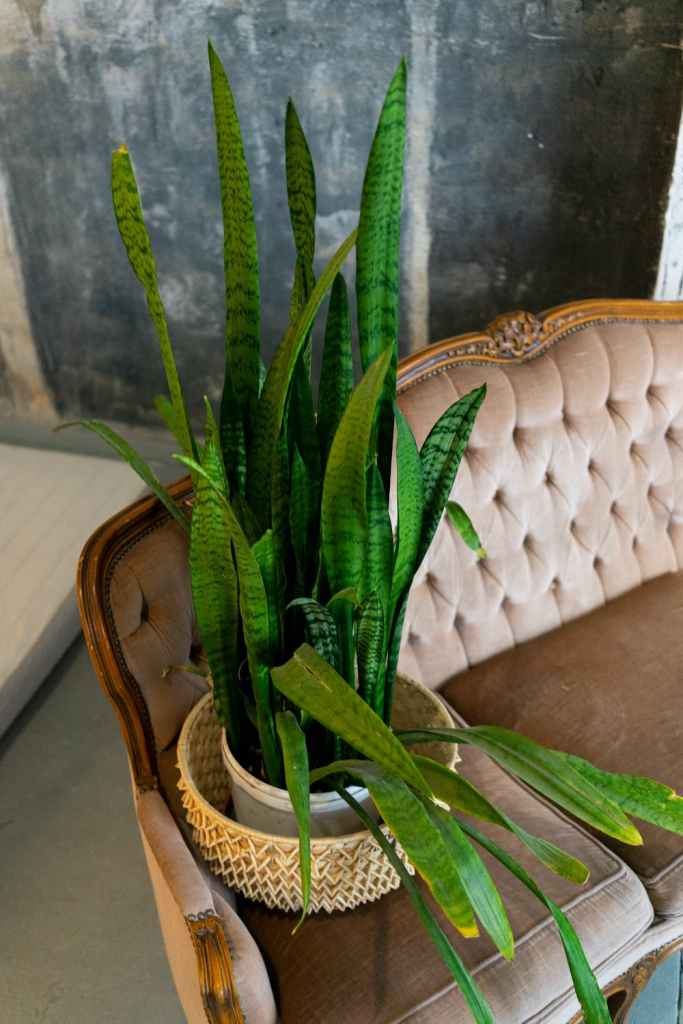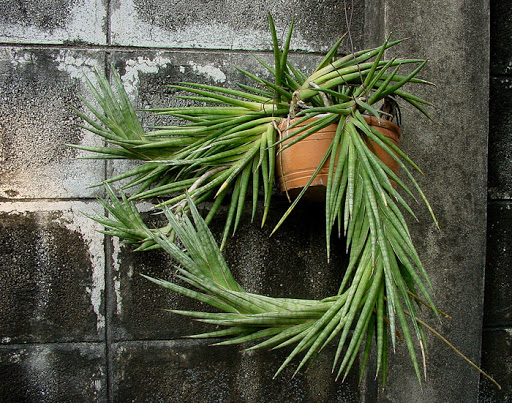By Angelica Bottaro
Gone are the days where artificial plants will do the job when it comes to bringing a little greenery to your indoor or outdoor space. We want the real thing, and we’ll develop a green thumb if it means getting to bask amongst our plant babies. When it comes to choosing the best kind of plant, it’s really up to preference. There are so many different varieties and species of plant that can make a perfect house guest.
One particular plant family, the Sansevieria—otherwise known as snake plants—is gaining popularity. They are pretty easy to take care of, come in a wide array of varieties to suit any aesthetic, and look pretty cool. Whether you’re a snake plant novice or the master of all, you’ll be able to appreciate these.

Sansevieria Bacularis
If you want a plant friend that is low maintenance but also fits in with your stylish home décor choices, the Sansevieria Bacularis is the one for you. Originating from western Africa, it is now primarily grown in Costa Rica, Guatemala, and China. It’s a modern-looking snake plant that brings a pop of lushness to any room.
There are many sub-varieties to suit your style. They can range in size from 20 to 120 cm, available in grey, green, yellow-green, colours and twisted, or rosette-shaped. These plants also purify the air, so just having these plants inside can help keep a steady oxygen flow throughout your space.
To take care of Bacularis, you’ll want to keep it evenly moist throughout the spring and summer months and keep it dry during the autumn and winter. When it comes to sunlight, these plants need a moderate amount and should be kept in an area no cooler than 14 degrees C and no warmer than 28 degrees C.
Sansevieria Concinna
This beautiful type of snake plant also hails from South Africa. The Concinna’s leaves grow in an upright position, so they are best placed in areas where there is a lot of room for them to go up instead of out. They all stand together in a rosette-like shape and can grow up to 50cm tall. With green leaves and pale green transverse bands, these smooth plants also contain spike-shaped white flowers that make them extra pretty.
To keep your little Concinna alive and well, you’ll want to plant them in a shady location. They can survive indoors and outdoors, but they need shade, making growing them indoors better. They thrive in a 20 degree C temperature at all times, so having them in a temperature-controlled area will also keep them healthy. Water them moderately because if you waterlog your little plant friend, they will not survive.
Sansevieria Francisii
These trunk-shaped plants hail from Kenya with leaves that grow in an upright position. The marbled dark to light green appearance of these succulents makes them a treat to look at. They reach about 30 cm in height and can be placed anywhere you have the room, but on top of the desk you work at would be a great place to keep yourself connected to nature while you get through your nine to five.
When it comes to sunlight, they can be a bit torn and like both sunlight and partial shade. A place in your home where the sun can blaze in through the early afternoon and taper off into shade may be your best bet. They don’t need very much water, so they should only be given it sparingly, and they thrive best in temperatures around 20 degrees C.
Sansevieria Longiflora
For those who want a little flowering with their snake plant, the Longiflora, also known as the Bowstring Hemp, may be the one for you. Originating in Africa, primarily in Angola, Namibia, and the Congo, it’s a big plant reaching 150 cm long and three to nine cm wide in optimum conditions. The lightly-spotted dark green leaves are held together at their tips with a long brown spine. The best part? White panicle-like flowers also grow on this snake plant, so it’s not just mesmerising leaves you’ll get to visually enjoy with this one.
To keep this succulent alive, you’ll want to grow it in an area that has both natural sun and shade periods and water only moderately. If the soil is damp at all, wait until it has dried out before watering again. It thrives best in temperatures of 20 to 30 degrees C, so a warm area of the home is best.
These snake plant varieties are just a few that belong to the amazing Sansevieria family. They offer visual prowess and some health properties to boot. Snake plants are suitable for anyone looking to enhance their space with some nature without spending all their time keeping their plant friends alive.
Featured image courtesy apodagis.com

